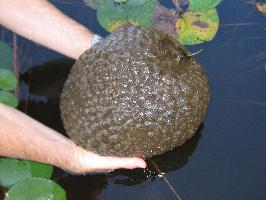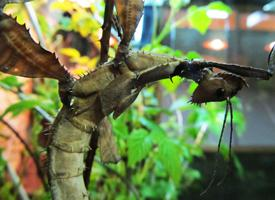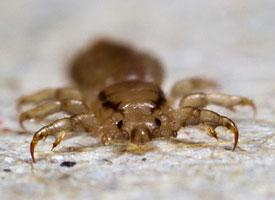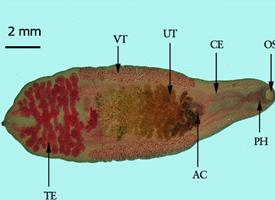
Popis zvířete
The Magnificent bryozoan (Pectinatella magnifica) is a fascinating and somewhat enigmatic species belonging to the phylum Bryozoa, which is composed of small, colonial aquatic invertebrates. P. magnifica is found primarily in freshwater environments, such as lakes, ponds, and slow-moving rivers, primarily in North America. It is known for forming large, gelatinous colonies that are both intriguing and perplexing to observers.The colonies of Pectinatella magnifica can vary greatly in size, ranging from just a few centimeters to over a meter in diameter. They typically have a somewhat slimy and jelly-like consistency, which is due to the protective exopolysaccharide matrix that encases the colony. This gelatinous substance is translucent and can appear grayish or slightly pinkish in color, with the individual zooids embedded within it. The appearance is often compared to a brain or a blob of jelly, which can be startling or even alarming to those who encounter it unexpectedly.
Each colony is composed of numerous individual zooids, which are the basic living units of the species. These zooids are tiny, usually only a few millimeters in length, and they are connected to one another by stolons, creating an intricate network. The zooids have specialized structures called lophophores, which are crowns of tentacles that they extend to filter feed on small particles in the water, such as plankton. The lophophores create water currents that help to draw food towards the zooid, which is then captured and ingested.
One of the unique aspects of Pectinatella magnifica is its method of reproduction. The species can reproduce both sexually and asexually. Sexual reproduction involves the production of motile larvae that disperse from the parent colony, settle on a suitable substrate, and develop into new colonies. Asexual reproduction occurs through a process known as budding, where new zooids are produced from the body wall of existing ones, allowing the colony to grow in size.
The Magnificent bryozoan also plays an ecological role in its habitat. As filter feeders, they help to clarify the water by removing suspended particles. However, they can also be considered a nuisance, as large colonies can clog water intake pipes and interfere with other aquatic organisms.
Adapted to their freshwater environments, Pectinatella magnifica has a seasonal life cycle in temperate regions. The colonies grow and proliferate during the warmer months and produce resistant statoblasts as the cold season approaches. These statoblasts are a form of dormancy, allowing the species to survive through winter and other unfavorable conditions. When conditions improve, the statoblasts hatch and give rise to new colonies, continuing the cycle.
In summary, the Magnificent bryozoan is a remarkable creature that forms complex, gelatinous colonies in freshwater systems. It is a filter feeder with a dual mode of reproduction, contributing to both the diversity and the complexity of the aquatic ecosystems it inhabits. Its presence can be both ecologically significant and problematic, reflecting the delicate balance within the habitats it occupies.
Podobná zvířata
Nové fotografie zvířat
Top 10 zvířat
- Chinese water dragon (Physignathus cocincinus)
- Galápagos tortoise (Geochelone nigra complex)
- Dolphin gull (Leucophaeus scoresbii)
- Japanese macaque (Macaca fuscata)
- Colombian red howler (Alouatta seniculus)
- Sea urchins (Echinoidea)
- Moustached guenon (Cercopithecus cephus)
- Diana monkey (Cercopithecus diana)
- Common reed warbler (Acrocephalus scirpaceus)
- Common house mosquito (Culex pipiens)


